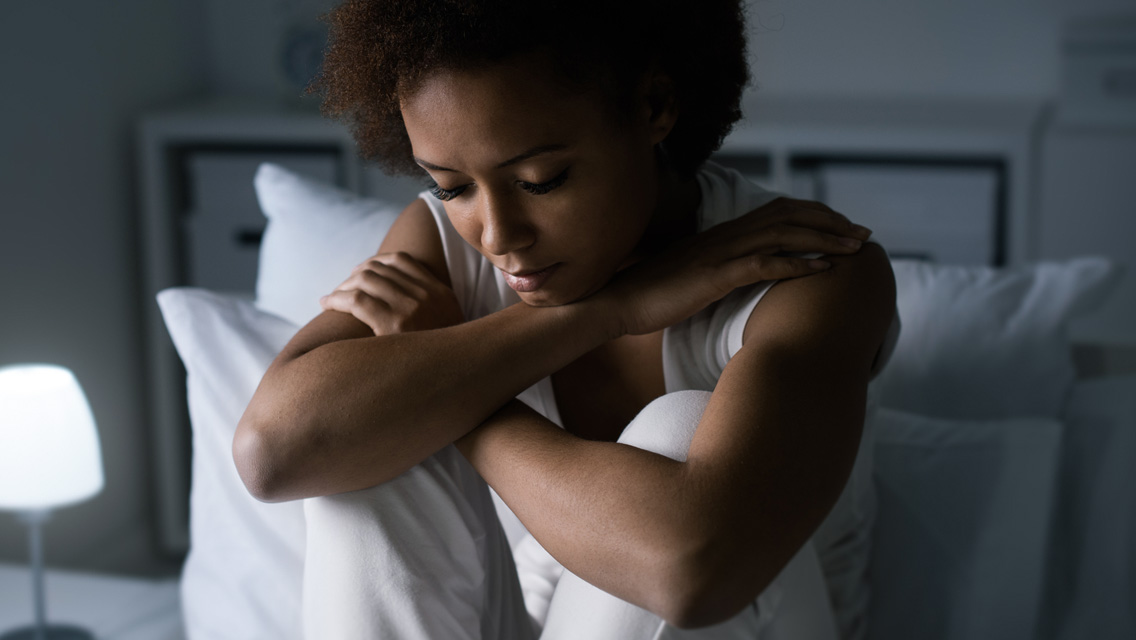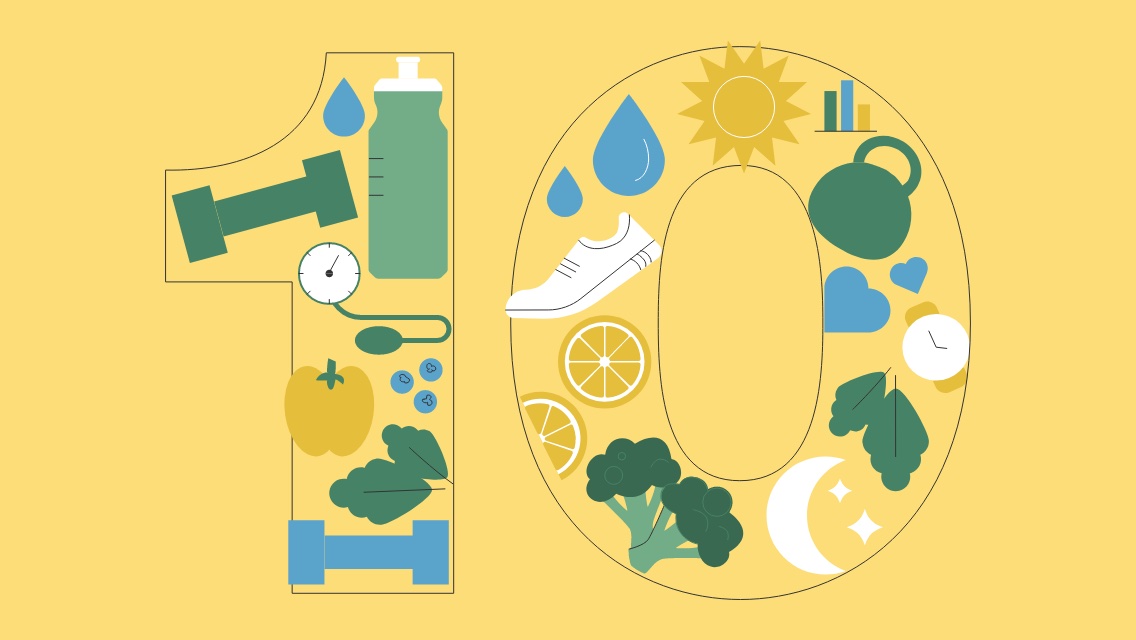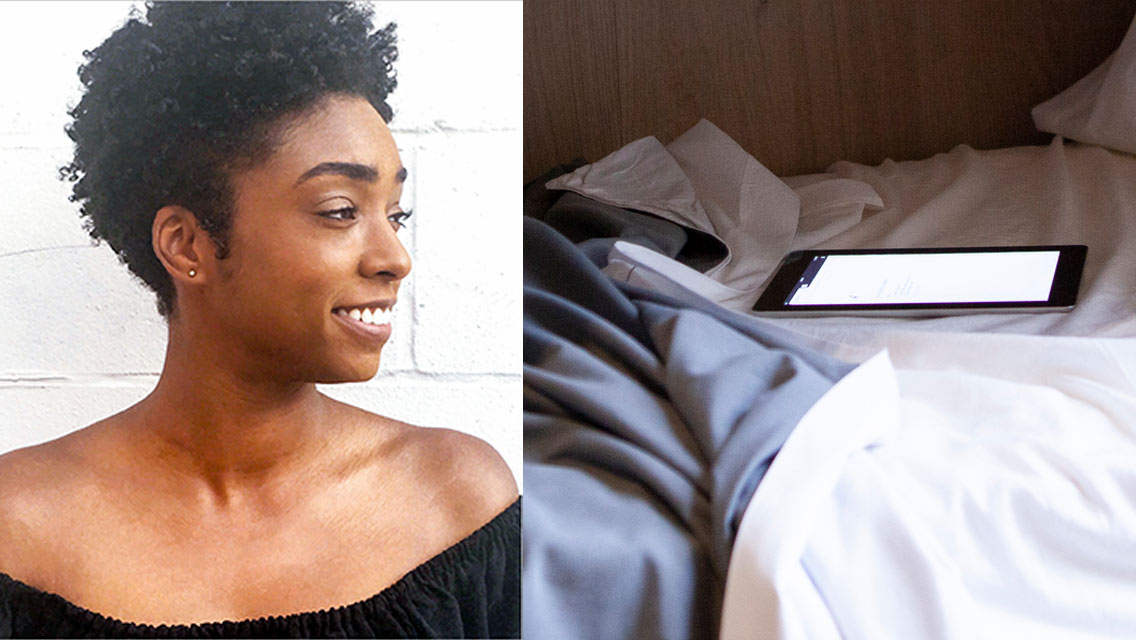Poor-quality, fragmented sleep caused by apnea can be as hazardous to health as chronic sleep deprivation. In fact, sleep apnea has been connected to a number of health risks, including diabetes, obesity and cardiovascular disease. One study conducted at the Yale Sleep Medicine center found that people with obstructive sleep apnea have a twofold risk of cardiovascular disease and mortality after screening for all other risk factors.
“The hazard ratio for sleep apnea was equivalent to prior history of heart disease, which is a huge risk factor for recurrent cardiovascular disease,” says the study’s coauthor, Neomi Shah, MD, associate director of the Montefiore Medical Center Sleep Laboratory.
Sleep apnea occurs because of a quirk of evolution: Our upper airway tends to collapse during sleep, but our sleeping brain doesn’t know how to tell it to open up again and breath properly.
An estimated 18 million Americans with sleep apnea struggle for oxygen during the night when their upper airway closes. They startle awake — as often as 100 times an hour — and as they do so, their heart rate and blood pressure soar. Then they fall asleep again. They may not remember any of this in the morning, but they awake tired.
People can be successfully treated for sleep apnea. The worst cases are usually treated with continuous positive airway pressure treatment via machine, but some integrative doctors believe this treatment is overprescribed and prefer other methods for milder cases.
These doctors work on overall lifestyle issues, such as nutrition, exercise and stress management. Since some people have worse apnea when they sleep on their backs, therapy can include retraining them to sleep on their sides. And, remarkably, studies have shown that learning to play an Australian reed instrument called a didgeridoo can improve mild to moderate apnea.
You have to learn circular breathing — to inhale and exhale at same time.”
“In order to play it, you have to learn circular breathing — to inhale and exhale at same time,” says Rubin Naiman, PhD, a psychologist and sleep specialist at the University of Arizona’s Center for Integrative Medicine. “In people with sleep apnea, the muscles that surround the upper airway are too tight and too tense through the day, but then prolapse at night. The act of circular breathing seems to recondition and tone the upper airway.”
Most researchers consider the condition to be underdiagnosed, especially among women. Diagnosed men tend to be loud snorers whose nightly struggles to breathe are documented by their spouses. Women with sleep apnea often don’t snore; their symptoms include fatigue, headaches, depression.
“One estimate is that 90 percent of women are not diagnosed because they don’t present with the classic symptoms,” says Shah. She’s working on a new study that will develop a better equation for sleep apnea symptoms in both men and women that can then be used in clinical settings.
This was excerpted from “How Does Sleep Influence Weight Gain?” which was published in the December 2010 issue of Experience Life.





This Post Has 0 Comments